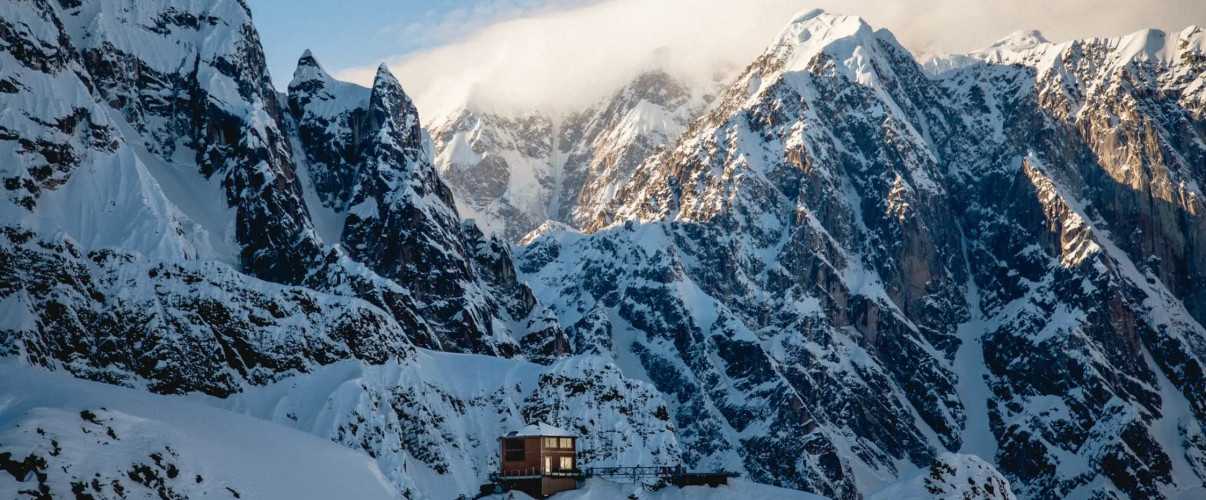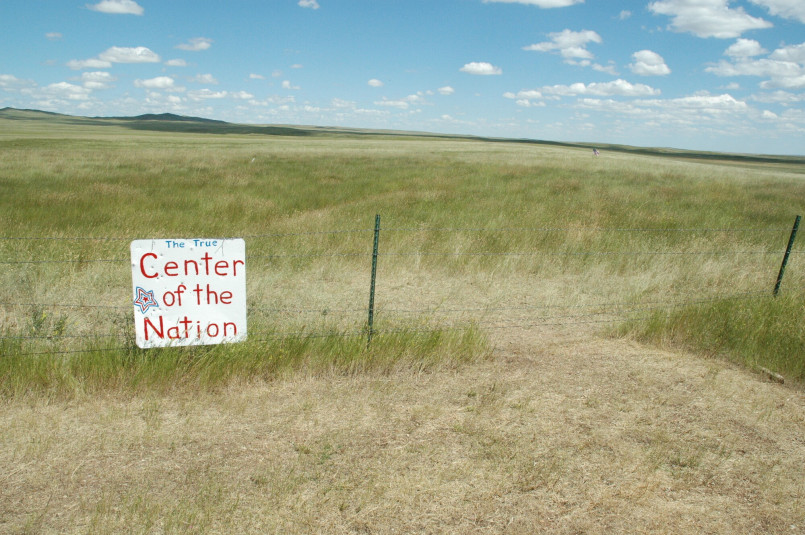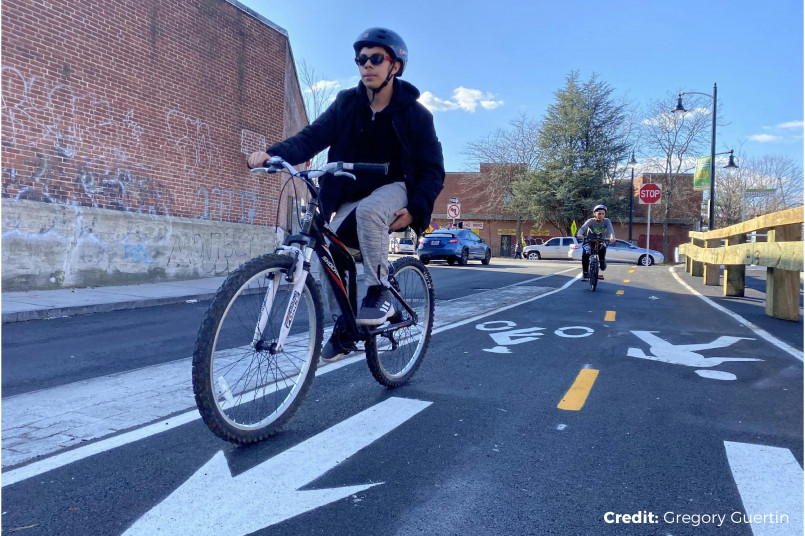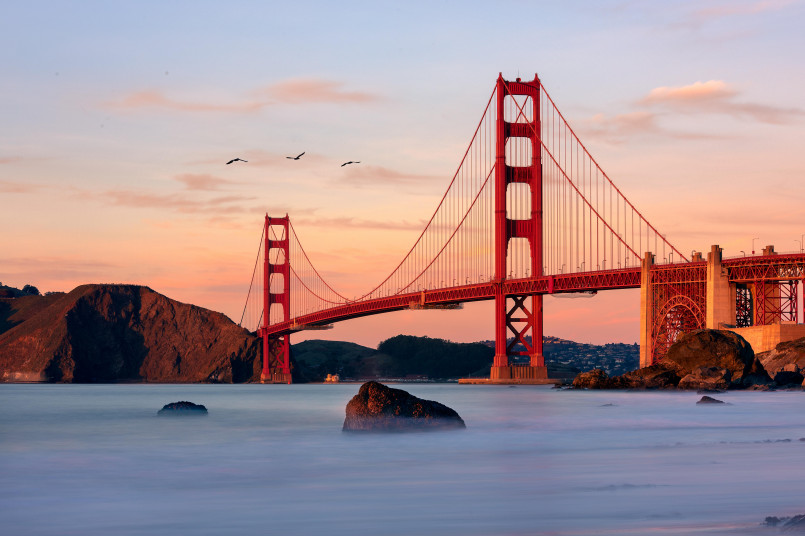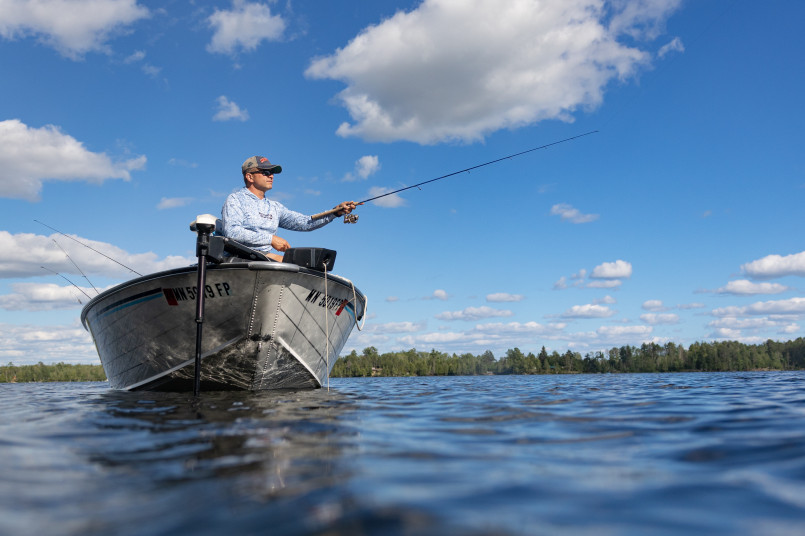America's most remote places offer a rare glimpse into untouched wilderness, far from the reach of civilization. From the frigid expanses of Alaska to hidden desert gems, these isolated destinations provide a true escape from the modern world-if you're willing to make the journey.
In a world increasingly connected by technology and infrastructure, truly remote places have become rare treasures. The United States, despite its extensive development, still harbors remarkable locations where isolation prevails and nature remains largely untouched by human hands. These remote destinations offer profound solitude, pristine ecosystems, and experiences increasingly difficult to find in our interconnected world.
From the frozen wilderness of Alaska to hidden desert communities accessible only by foot, America's most remote places challenge visitors with their inaccessibility while rewarding them with extraordinary natural beauty and unparalleled tranquility. These are the last frontiers of American wilderness-places where the modern world feels distant and the raw power of nature remains dominant.
Gates of the Arctic National Park, Alaska
Positioned entirely north of the Arctic Circle, Gates of the Arctic National Park stands as America's northernmost national park and one of its most isolated. With no roads, trails, or visitor facilities, this 8.4-million-acre wilderness embodies the definition of remote. The park receives fewer than 3,000 visitors annually, making it the least visited national park in the country.
Access requires either a bush plane or a challenging multi-day hike from the Dalton Highway. Once inside, visitors experience a pristine landscape of jagged peaks, glacial valleys, and six wild rivers. The park's isolation ensures that wildlife-including grizzly bears, wolves, and caribou-remains abundant and undisturbed by human activity.

Supai Village, Arizona
Nestled within the Grand Canyon, Supai Village is the only place in America where mail is still delivered by mule. Home to the Havasupai Tribe, this settlement of approximately 200 residents is completely unreachable by road. Visitors must either hike 8 miles, ride a horse, or arrive by helicopter to reach this hidden oasis.
The village's remoteness has preserved both Havasupai culture and the surrounding natural beauty, including the stunning turquoise waters of Havasu Falls. The tribe carefully manages tourism, requiring advance permits for all visitors and limiting overnight stays. This isolation has allowed the Havasupai to maintain their traditional lifestyle while controlling the impact of outside influence.
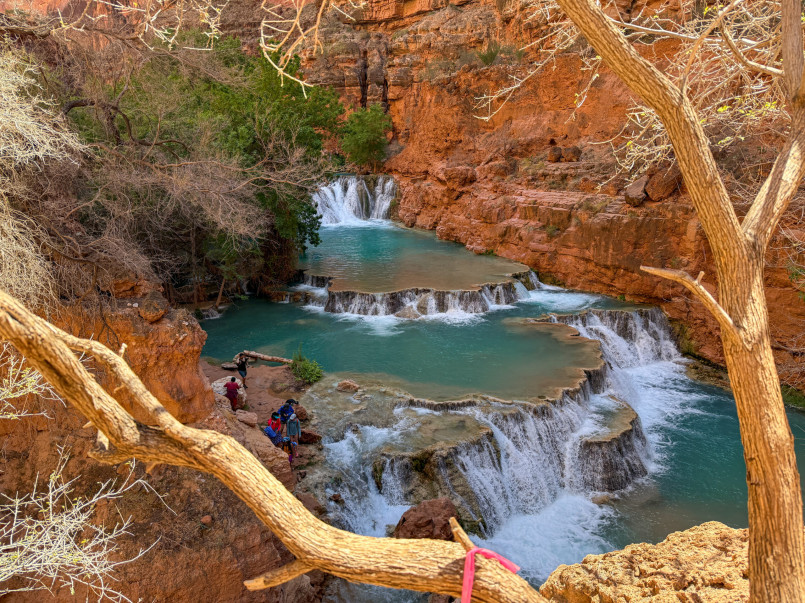
Dry Tortugas National Park, Florida
Located 70 miles west of Key West in the Gulf of Mexico, Dry Tortugas National Park comprises seven small islands accessible only by boat or seaplane. This remote marine sanctuary houses Fort Jefferson, an unfinished coastal fortress built in the 1800s that stands as the largest brick structure in the Western Hemisphere.
The park's isolation has preserved pristine coral reefs and marine ecosystems that offer world-class snorkeling and diving opportunities. With no services available on the islands, visitors must bring all necessary supplies. Camping is permitted on Garden Key, offering the rare experience of spending the night on one of America's most remote island outposts, under skies unmarred by light pollution.
North Slope Borough, Alaska
Covering an area larger than 39 U.S. states, North Slope Borough is America's northernmost municipality and one of its most isolated regions. This vast Arctic territory extends from the Brooks Range to the Arctic Ocean, encompassing 94,796 square miles of tundra and coastline.
The borough's communities, including Utqiagvik (formerly Barrow), remain disconnected from Alaska's road system. Air travel serves as the primary link to the outside world, with ice roads providing temporary winter connections. Residents, primarily Iñupiat Alaska Natives, maintain traditional subsistence practices while adapting to modern challenges. The area experiences extreme conditions, including 65 consecutive days of darkness during winter polar nights.
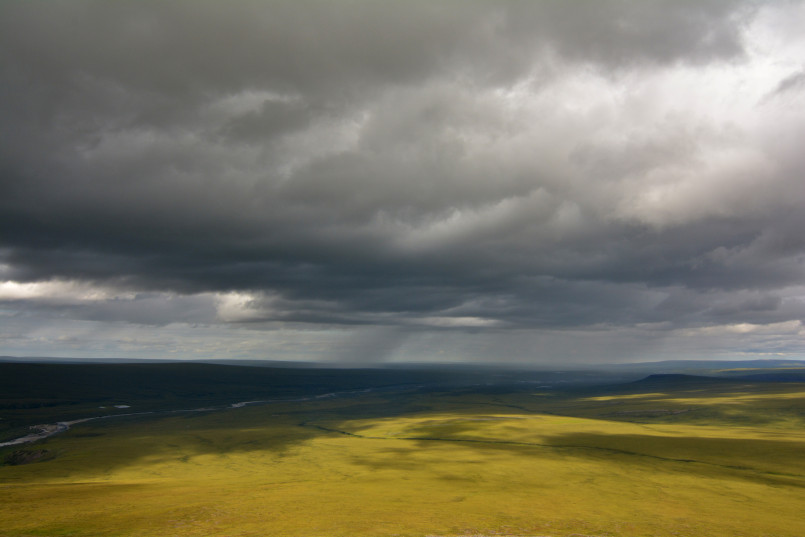
Isle Royale National Park, Michigan
Surrounded by the frigid waters of Lake Superior, Isle Royale is one of America's least-visited national parks despite being relatively close to major population centers. This 45-mile-long island wilderness is accessible only by boat or seaplane, and closes completely from November through April due to extreme weather conditions.
The island's isolation has created a natural laboratory for wildlife, most famously the predator-prey relationship between wolves and moose that has been studied continuously since 1958-the longest-running predator-prey study in the world. Visitors experience a rare temperate island ecosystem with boreal forests, inland lakes, and rugged shorelines. With no roads, exploration happens exclusively on foot along more than 165 miles of hiking trails.
Angle Inlet, Minnesota
The Northwest Angle represents a geographical curiosity and America's northernmost point in the contiguous United States. This small community of approximately 120 year-round residents is separated from the rest of Minnesota by Lake of the Woods, and can only be reached by boat, ice road, or by driving through Canada.
The unusual border situation requires travelers driving from the rest of Minnesota to pass through Canadian customs, drive 40 miles through Manitoba, then re-enter the U.S. at a self-reporting customs station. This isolation has preserved a tight-knit community where fishing serves as both recreation and livelihood. The area offers world-class walleye fishing, attracting anglers willing to navigate the complicated border crossings.

Block Island, Rhode Island
Located 13 miles off Rhode Island's coast, Block Island presents a unique case of remoteness in the densely populated Northeast. Reachable only by ferry or small aircraft, the island's year-round population of approximately 1,000 residents swells to 15,000-20,000 during summer months before returning to quiet isolation during winter.
The island's remoteness has preserved its natural character, with nearly 30% of land protected from development. Dramatic coastal bluffs, freshwater ponds, and maritime shrublands create diverse habitats for rare and migratory species. The island has earned recognition as one of "The Last Great Places" from The Nature Conservancy for its ecological significance and has maintained its rural character despite proximity to major metropolitan areas.
Great Basin National Park, Nevada
Tucked against the Utah border in one of Nevada's least populated regions, Great Basin National Park embodies the isolation characteristic of the American West. The park's location far from major population centers and transportation corridors ensures minimal visitation and preservation of its natural features.
The park protects ancient bristlecone pines-some over 5,000 years old, making them among the oldest living organisms on Earth. It also features Lehman Caves, an extensive marble cave system, and Wheeler Peak, rising to 13,063 feet. The park's extreme remoteness from urban light pollution has earned it designation as an International Dark Sky Park, offering some of the darkest night skies in the contiguous United States.
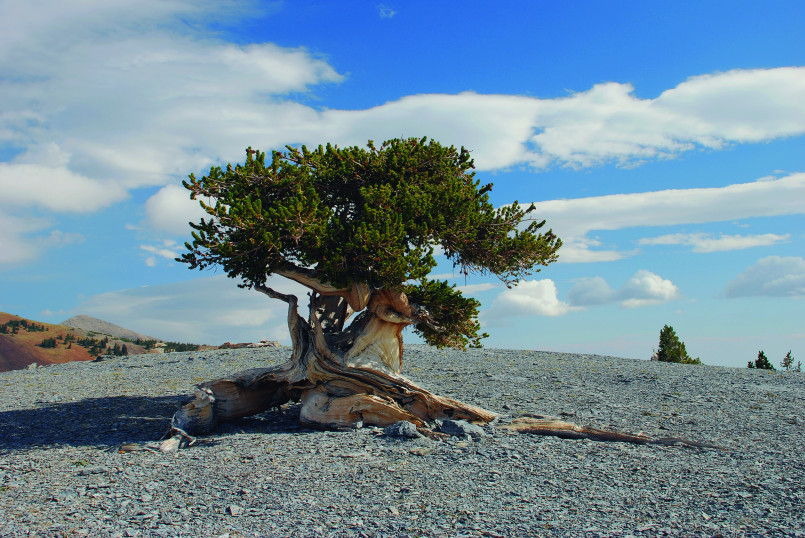
Boundary Waters Canoe Area Wilderness, Minnesota
Spanning over one million acres along the Canadian border, the Boundary Waters represents one of America's most extensive and remote paddling destinations. This wilderness area contains more than 1,200 miles of canoe routes and 2,000 designated campsites, all accessible only by non-motorized watercraft.
The wilderness designation prohibits roads, buildings, motorboats, and even bicycles throughout most of the area, preserving a landscape that appears much as it did when traveled by Indigenous peoples and voyageurs centuries ago. Once inside, visitors experience profound isolation among interconnected lakes and forested islands. Communication with the outside world becomes difficult or impossible, creating a true wilderness experience despite being within a day's drive of major Midwestern cities.
Yellowstone Thorofare, Wyoming
Often described as the "most remote location in the lower 48 states," the Thorofare region of southeastern Yellowstone National Park represents the farthest point from a road in the contiguous United States. This remote valley sits approximately 30 miles from the nearest road access, requiring multiple days of hiking or horseback riding to reach.
The region's exceptional remoteness has preserved pristine wildlife habitat and a wilderness experience increasingly rare in the modern world. The Thorofare's isolation stems not only from distance but also from surrounding topography and seasonal conditions. Winter renders the area completely inaccessible except by ski or snowshoe expeditions that require exceptional wilderness skills. Despite being within America's first national park, the Thorofare remains a genuine wilderness rarely experienced by park visitors.
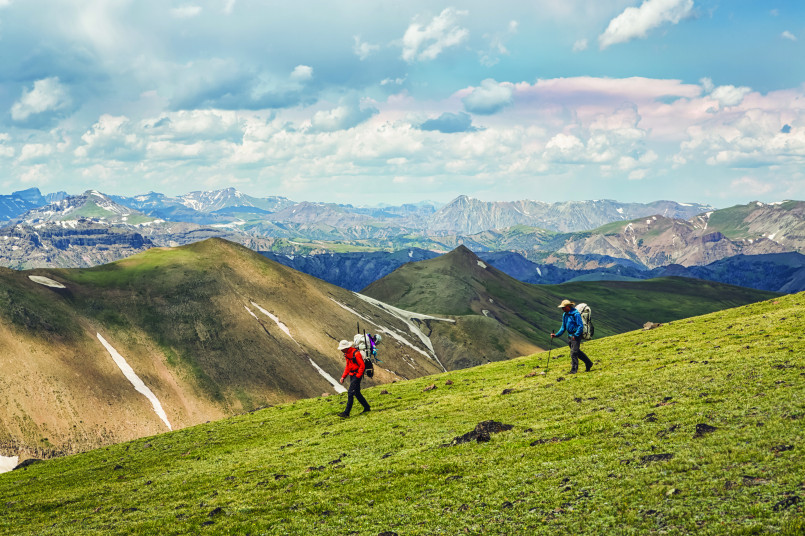
Frequently Asked Questions About 10 Most Remote Places in America: Untouched Wilderness Escapes
What is considered the most remote place in the continental United States?
The Thorofare region in southeastern Yellowstone National Park is considered the most remote location in the continental United States, sitting about 30 miles from the nearest road. This area requires multiple days of hiking or horseback riding to reach and represents the farthest you can get from a road in the lower 48 states.
How do people access Supai Village in the Grand Canyon?
Supai Village can only be accessed by hiking 8 miles down into the Grand Canyon, riding horseback, or taking a helicopter. There are no roads leading to the village, and mail is still delivered by mule, making it one of the most uniquely isolated communities in America.
When is the best time to visit remote places in Alaska?
The best time to visit remote places in Alaska is during the short summer season from June to August. During these months, temperatures are milder, daylight hours are extremely long (sometimes 24 hours), and access is easier. Many remote Alaskan destinations, including Gates of the Arctic National Park, are essentially inaccessible during winter months.
Do I need permits to visit these remote places?
Yes, many remote destinations require permits, often with limited availability. Supai Village requires advance reservations, sometimes booked many months ahead. National parks like Isle Royale and Dry Tortugas require camping permits. The Boundary Waters requires BWCA entry permits. It's essential to research and secure necessary permits well before your planned trip.
What special equipment do I need for visiting remote wilderness areas?
Remote wilderness areas require specialized equipment including navigation tools (maps, compass, possibly GPS), communication devices (satellite phone or personal locator beacon), appropriate clothing for extreme weather changes, water filtration, emergency shelter, and sufficient food. Self-sufficiency is essential as rescue may be days away in true wilderness settings.
Are there any remote places in America accessible to those with limited mobility?
Some remote destinations offer limited accessibility options. Dry Tortugas National Park has accessible areas within Fort Jefferson accessible by ferry. Block Island has some accessible areas near the ferry landing. Gates of the Arctic offers flightseeing tours that provide views without requiring hiking. However, truly remote wilderness areas generally present significant challenges for those with mobility limitations.
